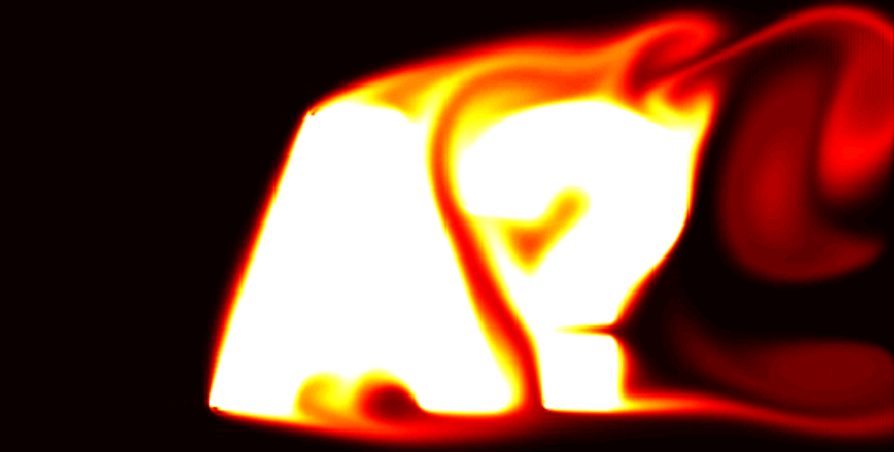
Please note! Course description is confirmed for two academic years (1.8.2018-31.7.2020), which means that in general, e.g. Learning outcomes, assessment methods and key content stays unchanged. However, via course syllabus, it is possible to specify or change the course execution in each realization of the course, such as how the contact sessions are organized, assessment methods weighted or materials used.
LEARNING OUTCOMES
- ILO 1: Student can derive and explain what is heat equation, what is the connection to energy conservation and solve the heat equation (1d) and Newton’s cooling law (0d) numerically in Matlab. In general, the student learns to plot graphs and images from correlations or simulation data.
- ILO 2: Student can apply Fourier’s and Newton’s laws in fin theory and thermal resistance context. Further, the student can analyse 2d heat transfer data in Matlab and formulate an energy balance for 2d system.
- ILO 3: Student can write the governing equations of fluid/heat flow in a channel, estimate the energy balance and estimate temperature rise for different heating conditions. The student can confirm the channel heat transfer using generated/provided simulation data.
- ILO4: Student can formulate energy balance for external flow heat transfer systems and use basic correlations. The student can confirm the analysis using generated/provided simulation data.
- ILO5: Student can choose Nusselt number correlation equations for different situations including natural convection and boiling.
Credits: 5
Schedule: 26.10.2020 - 08.12.2020
Teacher in charge (valid 01.08.2020-31.07.2022): Ville Vuorinen, Ville Vuorinen
Teacher in charge (applies in this implementation): Ville Vuorinen, Ville Vuorinen
Contact information for the course (applies in this implementation):
CEFR level (applies in this implementation):
Language of instruction and studies (valid 01.08.2020-31.07.2022):
Teaching language: English
Languages of study attainment: English
CONTENT, ASSESSMENT AND WORKLOAD
Content
Valid 01.08.2020-31.07.2022:
The course offers a first systematic walk through to heat transfer phenomena. The student learns the physics of conduction, convection and can apply this knowledge to a case study investigated during the course. Additionally, the student will learn to use short Matlab programs to compute, visualize and analyze heat transfer problems.
Assessment Methods and Criteria
Valid 01.08.2020-31.07.2022:
Homework assignments, exercises and examination.
Workload
Valid 01.08.2020-31.07.2022:
Lectures 24 h
Exercises 12 h,
Independent work 40 h,
Homework 55 h,
Examination 3 h.
= 134 h
DETAILS
Study Material
Valid 01.08.2020-31.07.2022:
Incropera de Witt; Introduction to Heat and Mass Transfer
Substitutes for Courses
Valid 01.08.2020-31.07.2022:
Ene-39.3021 Lämmönsiirto-oppi
Prerequisites
Valid 01.08.2020-31.07.2022:
B.Sc. level courses in fluid mechanics, thermodynamics and physics are recommended.
SDG: Sustainable Development Goals
7 Affordable and Clean Energy
8 Decent Work and Economic Growth
11 Sustainable Cities and Communities
13 Climate Action
